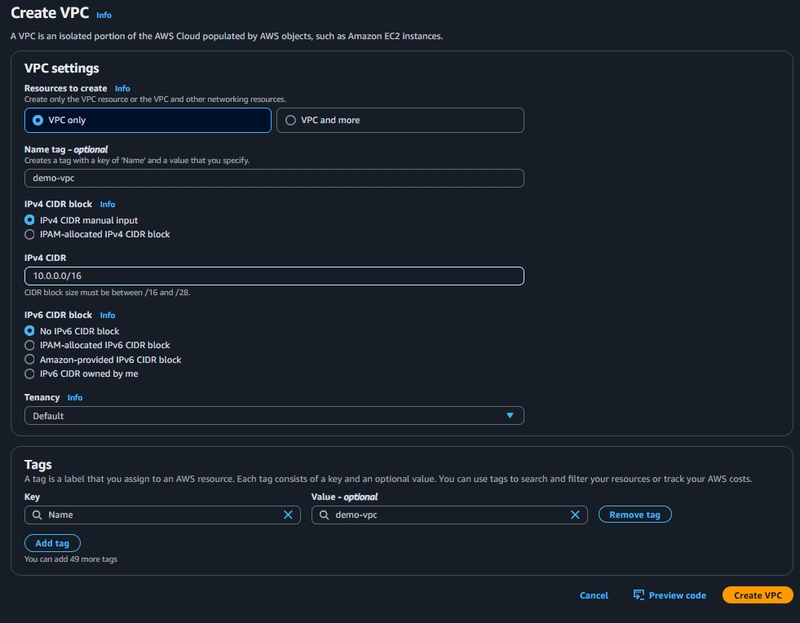Building Scalable C# Web Apps When Requirements Are Unclear
When starting a web app with unclear requirements, balance scalability and simplicity. Here’s how to do it in C# without overcomplicating: 1. Start Simple, but Plan for Growth Build a modular core: Split your app into layers (e.g., Presentation, Business Logic, Data Access). Use interfaces and dependency injection (e.g., ASP.NET Core’s built-in DI) to keep components loosely coupled. // Example: Interface for flexibility public interface IUserService { Task GetUserAsync(int id); } Avoid early optimization: Use a monolithic design first. Split into microservices only when traffic or complexity demands it. 2. Focus on Risky Areas Identify parts likely to change (e.g., payment gateways, third-party integrations). Make these replaceable: // Abstract payment processing public interface IPaymentProcessor { Task ProcessPaymentAsync(decimal amount); } // Start with a simple implementation public class BasicPaymentProcessor : IPaymentProcessor { ... } Leave stable parts (e.g., user authentication) straightforward. 3. Use Proven Tools Stick to common frameworks: ASP.NET Core, Entity Framework Core, and Azure services are battle-tested and scale well. Avoid custom solutions for problems like caching or logging. Use built-in middleware or libraries (e.g., Serilog for logging). 4. Delay Decisions Database choice: Start with SQL Server or PostgreSQL. Use the Repository Pattern to hide database details, making it easier to switch later. public class UserRepository : IUserRepository { // Entity Framework Core example public async Task GetByIdAsync(int id) { return await _context.Users.FindAsync(id); } } Infrastructure: Build for a single server first. Use cloud services (e.g., Azure App Service) to scale horizontally later. 5. Write Just Enough Tests Cover critical workflows (e.g., payment processing) with unit tests. Avoid testing every small method early. Use tools like xUnit or NUnit for maintainable tests. 6. Iterate and Refactor Release a minimal viable product (MVP) first. Gather feedback before adding complex features. Refactor when requirements stabilize. For example: Replace a basic IPaymentProcessor with a more robust solution. Split the monolith into microservices only if needed. Avoid Over-Engineering
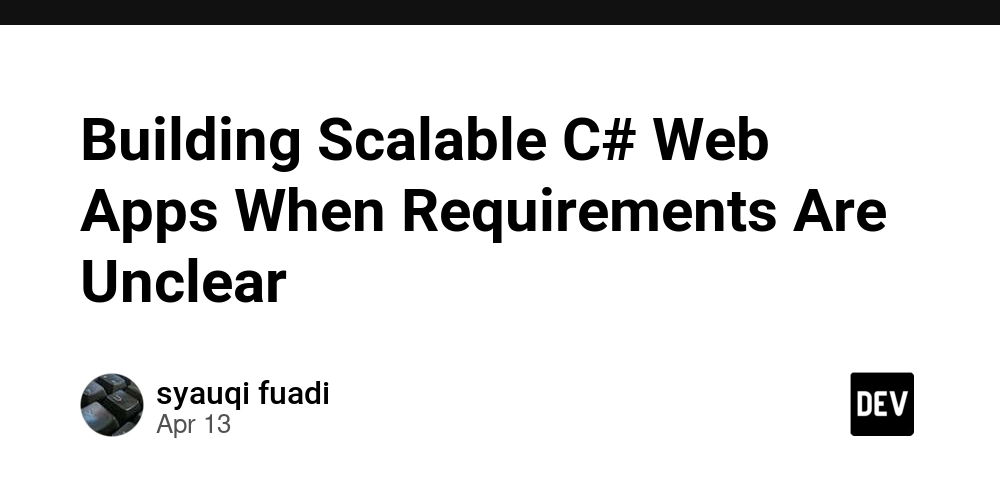
When starting a web app with unclear requirements, balance scalability and simplicity. Here’s how to do it in C# without overcomplicating:
1. Start Simple, but Plan for Growth
-
Build a modular core: Split your app into layers (e.g.,
Presentation,Business Logic,Data Access). Use interfaces and dependency injection (e.g., ASP.NET Core’s built-in DI) to keep components loosely coupled.
// Example: Interface for flexibility
public interface IUserService
{
Task<User> GetUserAsync(int id);
}
- Avoid early optimization: Use a monolithic design first. Split into microservices only when traffic or complexity demands it.
2. Focus on Risky Areas
Identify parts likely to change (e.g., payment gateways, third-party integrations). Make these replaceable:
// Abstract payment processing
public interface IPaymentProcessor
{
Task ProcessPaymentAsync(decimal amount);
}
// Start with a simple implementation
public class BasicPaymentProcessor : IPaymentProcessor { ... }
Leave stable parts (e.g., user authentication) straightforward.
3. Use Proven Tools
- Stick to common frameworks: ASP.NET Core, Entity Framework Core, and Azure services are battle-tested and scale well.
-
Avoid custom solutions for problems like caching or logging. Use built-in middleware or libraries (e.g.,
Serilogfor logging).
4. Delay Decisions
- Database choice: Start with SQL Server or PostgreSQL. Use the Repository Pattern to hide database details, making it easier to switch later.
public class UserRepository : IUserRepository
{
// Entity Framework Core example
public async Task<User> GetByIdAsync(int id)
{
return await _context.Users.FindAsync(id);
}
}
- Infrastructure: Build for a single server first. Use cloud services (e.g., Azure App Service) to scale horizontally later.
5. Write Just Enough Tests
- Cover critical workflows (e.g., payment processing) with unit tests. Avoid testing every small method early.
- Use tools like
xUnitorNUnitfor maintainable tests.
6. Iterate and Refactor
- Release a minimal viable product (MVP) first. Gather feedback before adding complex features.
- Refactor when requirements stabilize. For example:
- Replace a basic
IPaymentProcessorwith a more robust solution. - Split the monolith into microservices only if needed.
- Replace a basic
Avoid Over-Engineering










































































































































































![[The AI Show Episode 143]: ChatGPT Revenue Surge, New AGI Timelines, Amazon’s AI Agent, Claude for Education, Model Context Protocol & LLMs Pass the Turing Test](https://www.marketingaiinstitute.com/hubfs/ep%20143%20cover.png)














































































































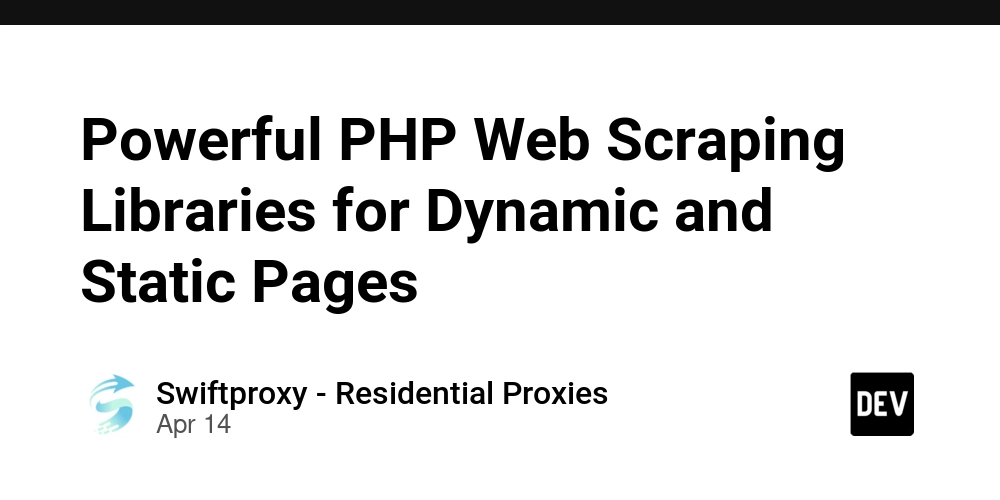

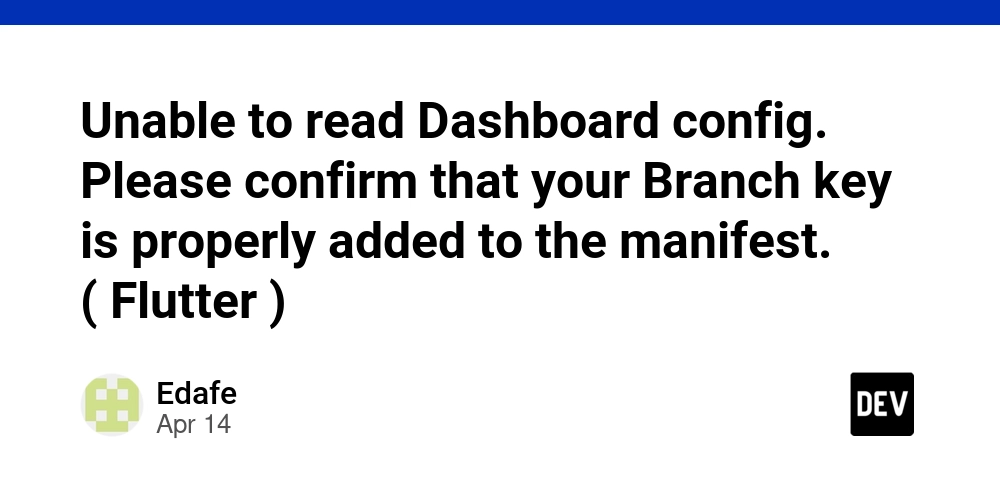
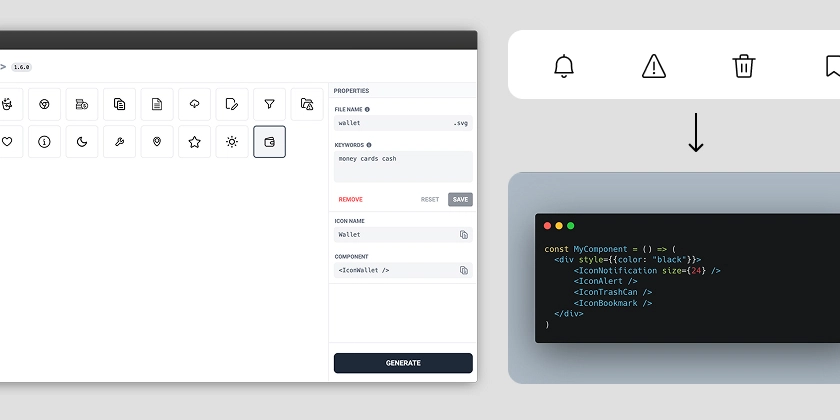









![[DEALS] Microsoft Visual Studio Professional 2022 + The Premium Learn to Code Certification Bundle (97% off) & Other Deals Up To 98% Off](https://www.javacodegeeks.com/wp-content/uploads/2012/12/jcg-logo.jpg)

![From Accountant to Data Engineer with Alyson La [Podcast #168]](https://cdn.hashnode.com/res/hashnode/image/upload/v1744420903260/fae4b593-d653-41eb-b70b-031591aa2f35.png?#)








































































































.png?#)





















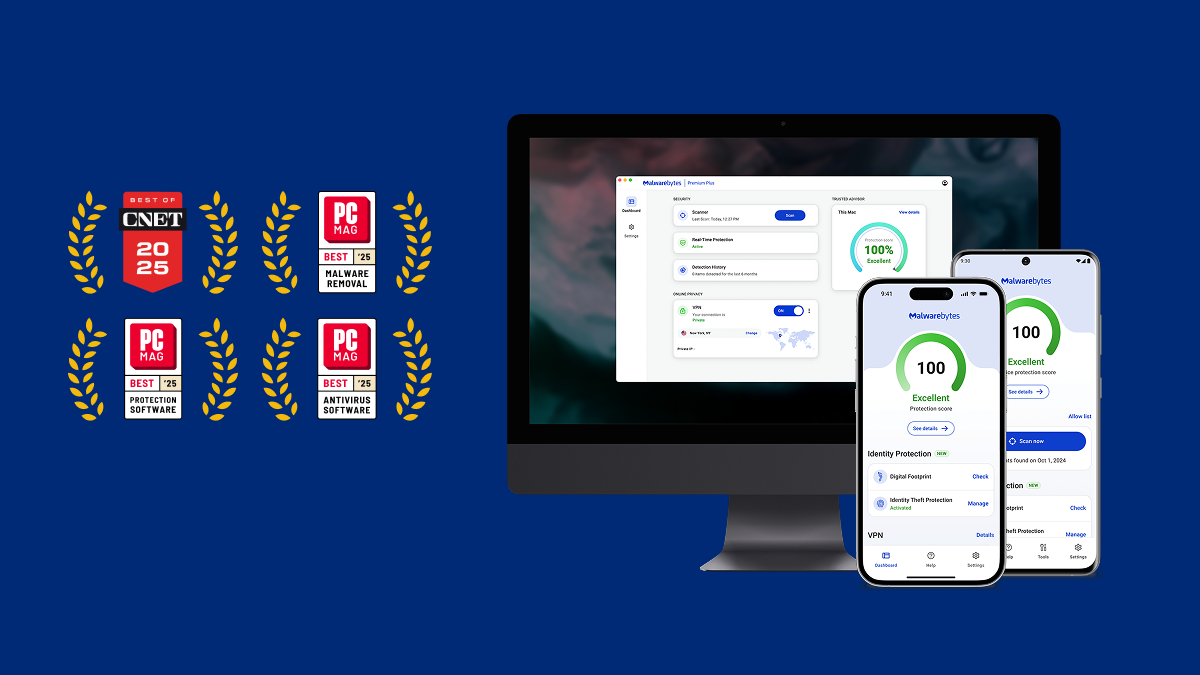






































































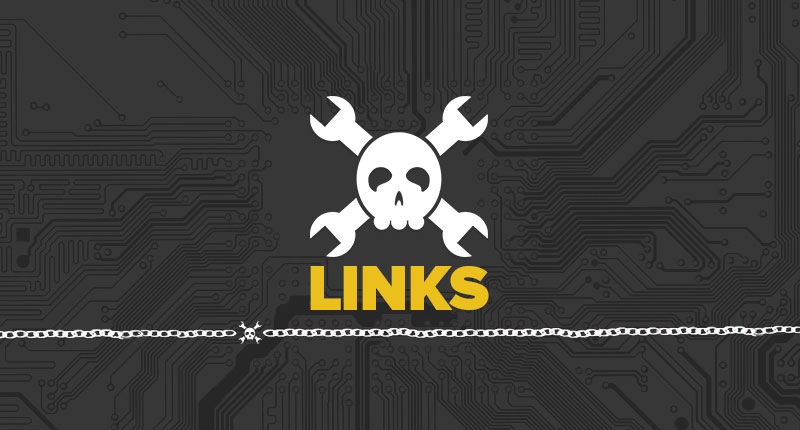
































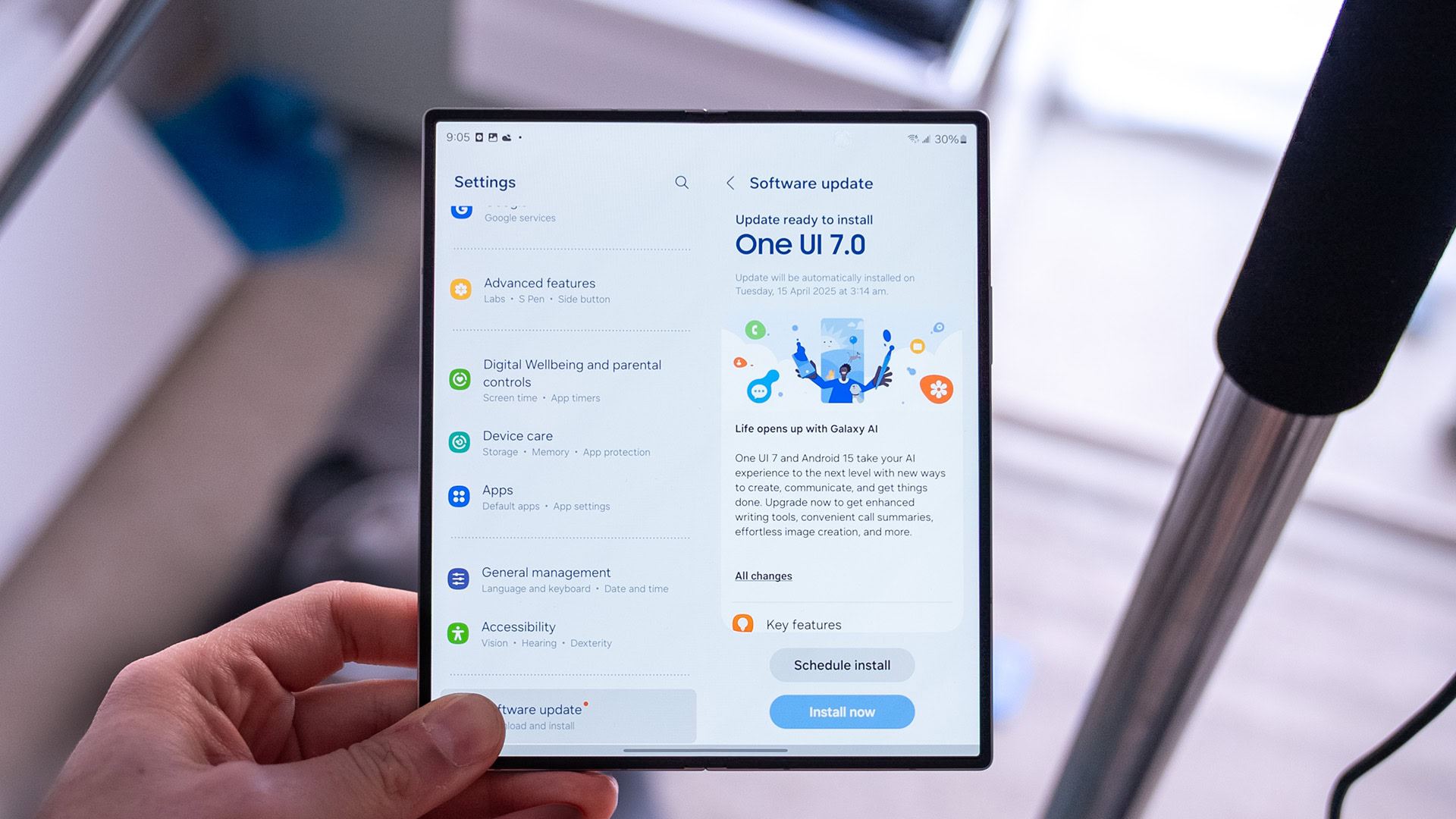





![Some of the best accessories to pair with your Pixel 9 [Video]](https://i0.wp.com/9to5google.com/wp-content/uploads/sites/4/2024/10/Accessories-Header.jpg?resize=1200%2C628&quality=82&strip=all&ssl=1)


![What Google Messages features are rolling out [April 2025]](https://i0.wp.com/9to5google.com/wp-content/uploads/sites/4/2023/12/google-messages-name-cover.png?resize=1200%2C628&quality=82&strip=all&ssl=1)









![iPadOS 19 Will Be More Like macOS [Gurman]](https://www.iclarified.com/images/news/97001/97001/97001-640.jpg)
![Apple TV+ Summer Preview 2025 [Video]](https://www.iclarified.com/images/news/96999/96999/96999-640.jpg)
![Apple Watch SE 2 On Sale for Just $169.97 [Deal]](https://www.iclarified.com/images/news/96996/96996/96996-640.jpg)































































































































